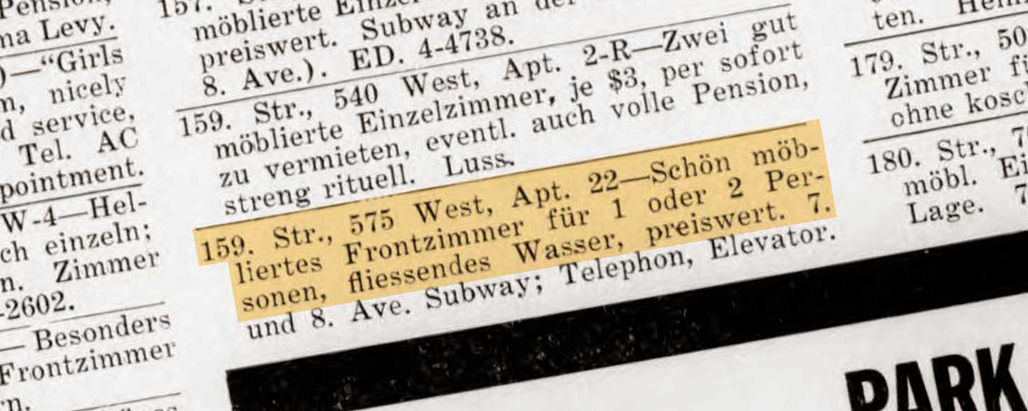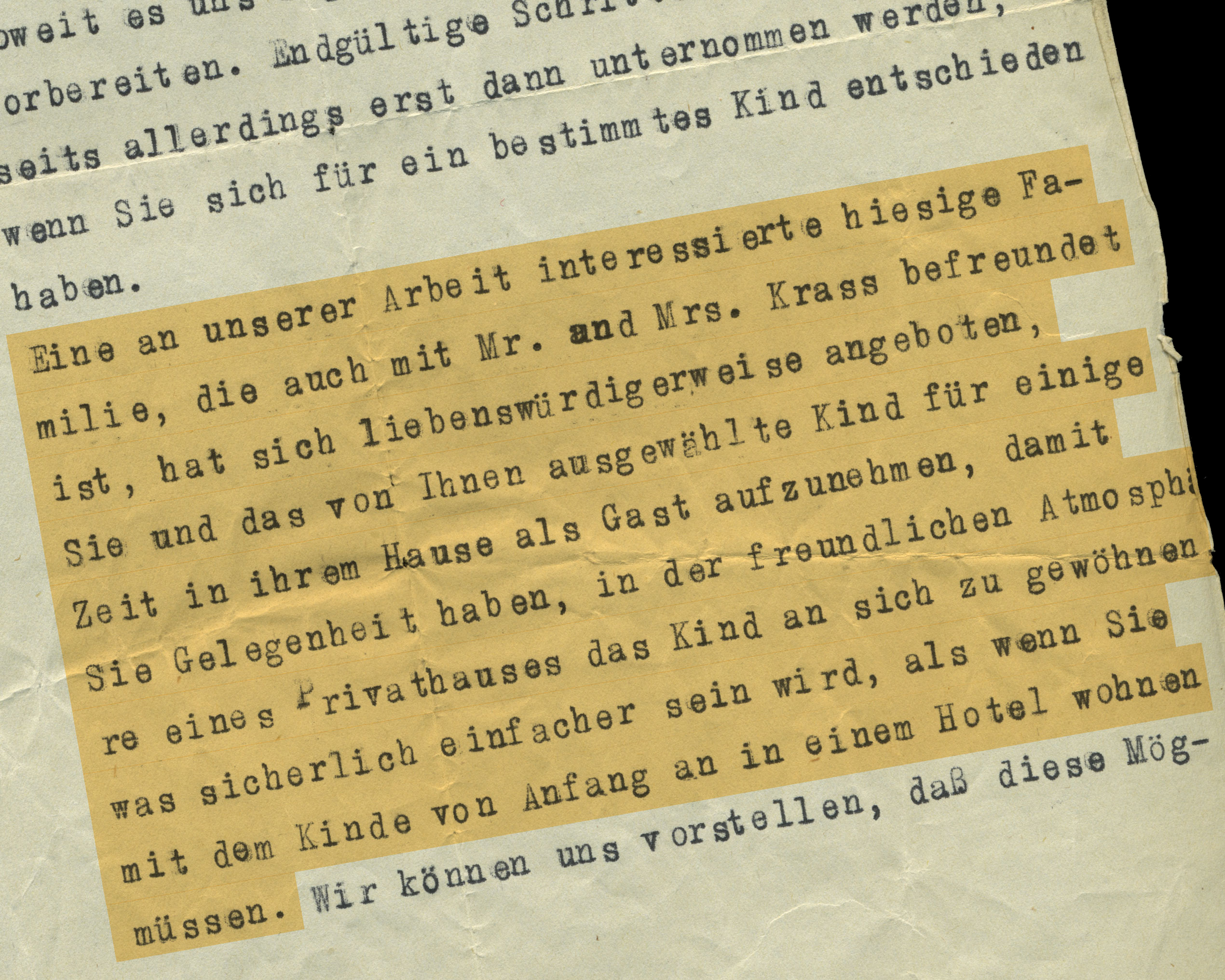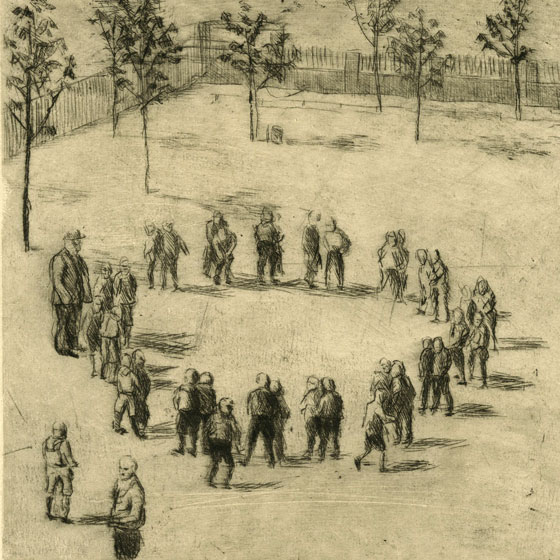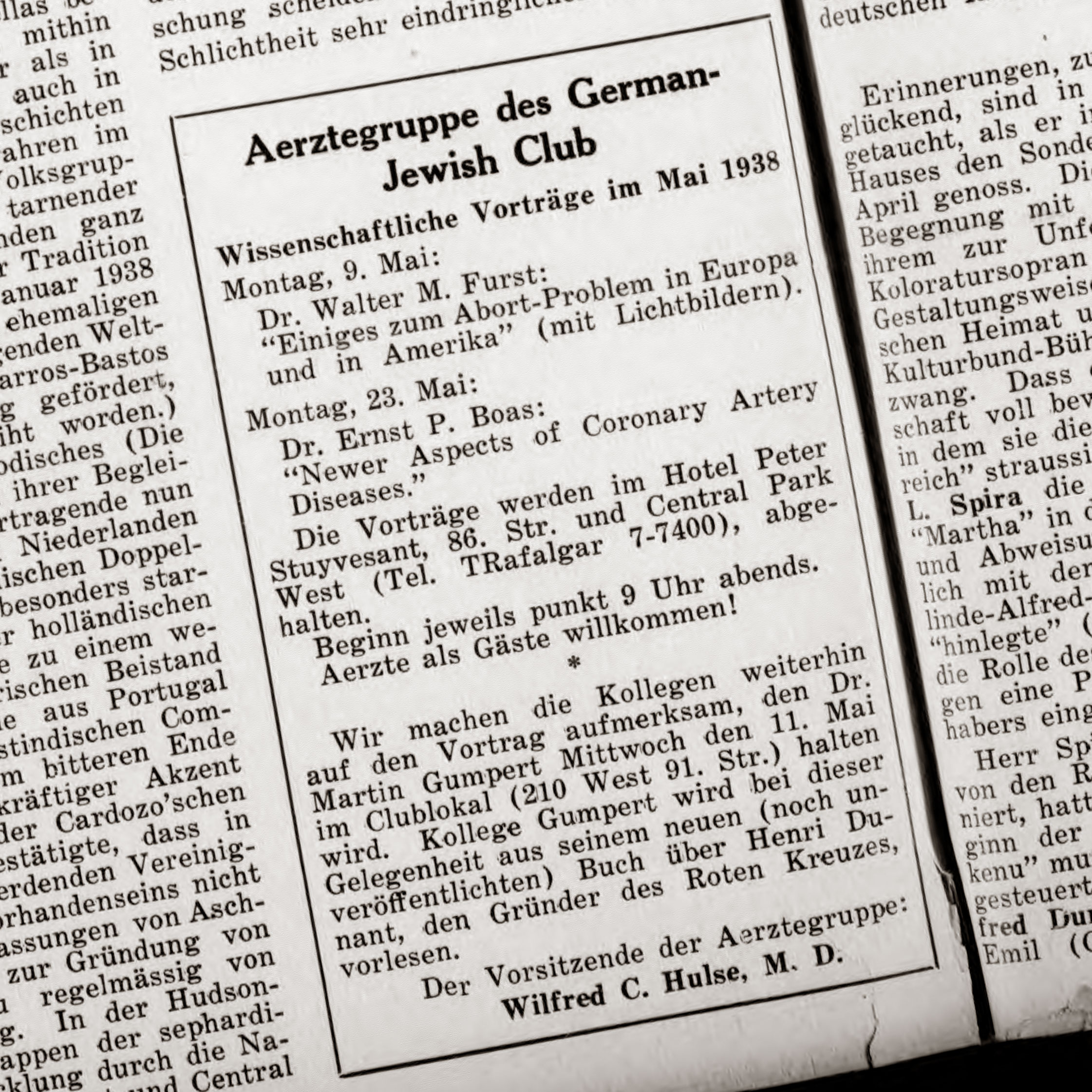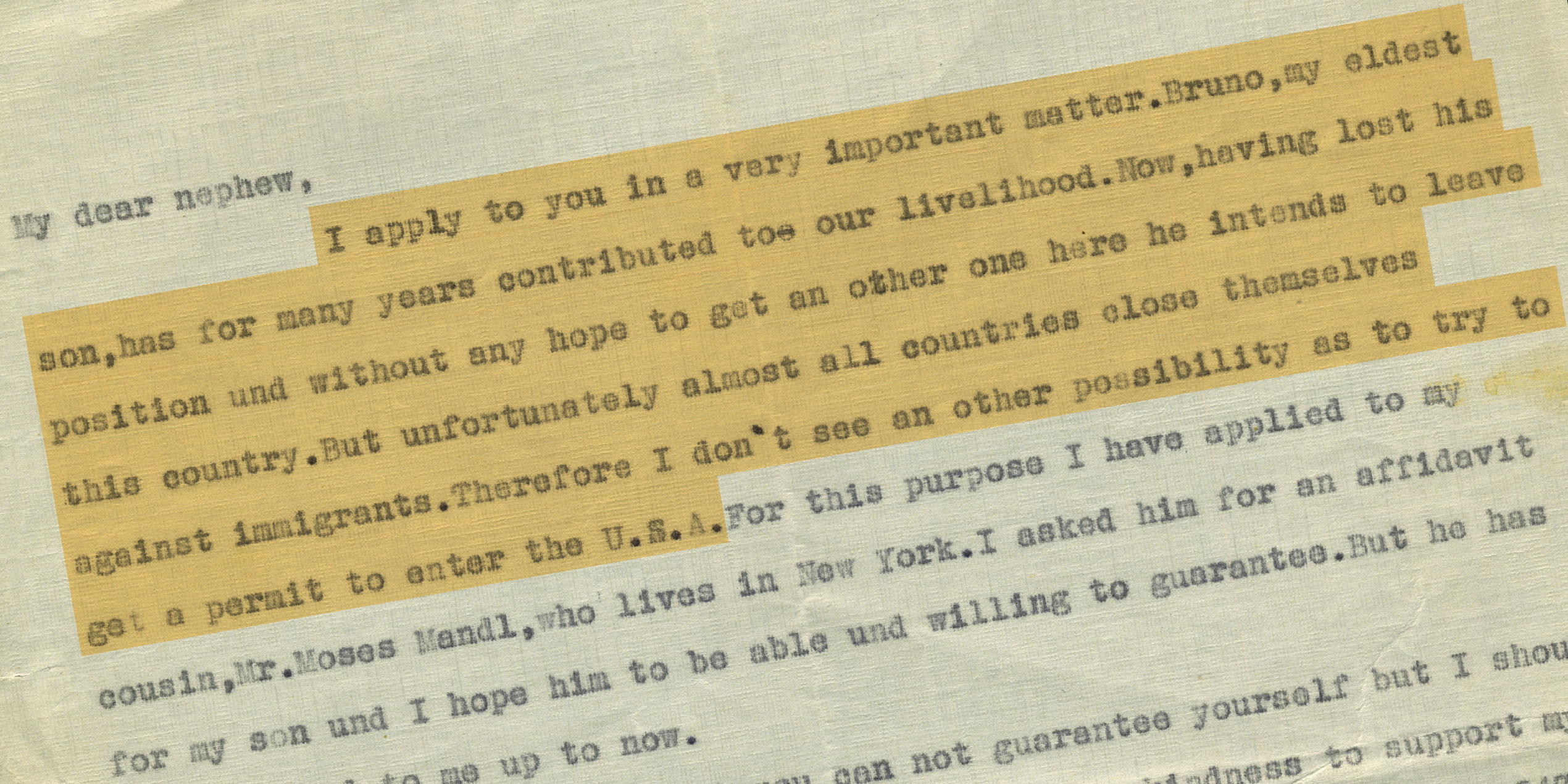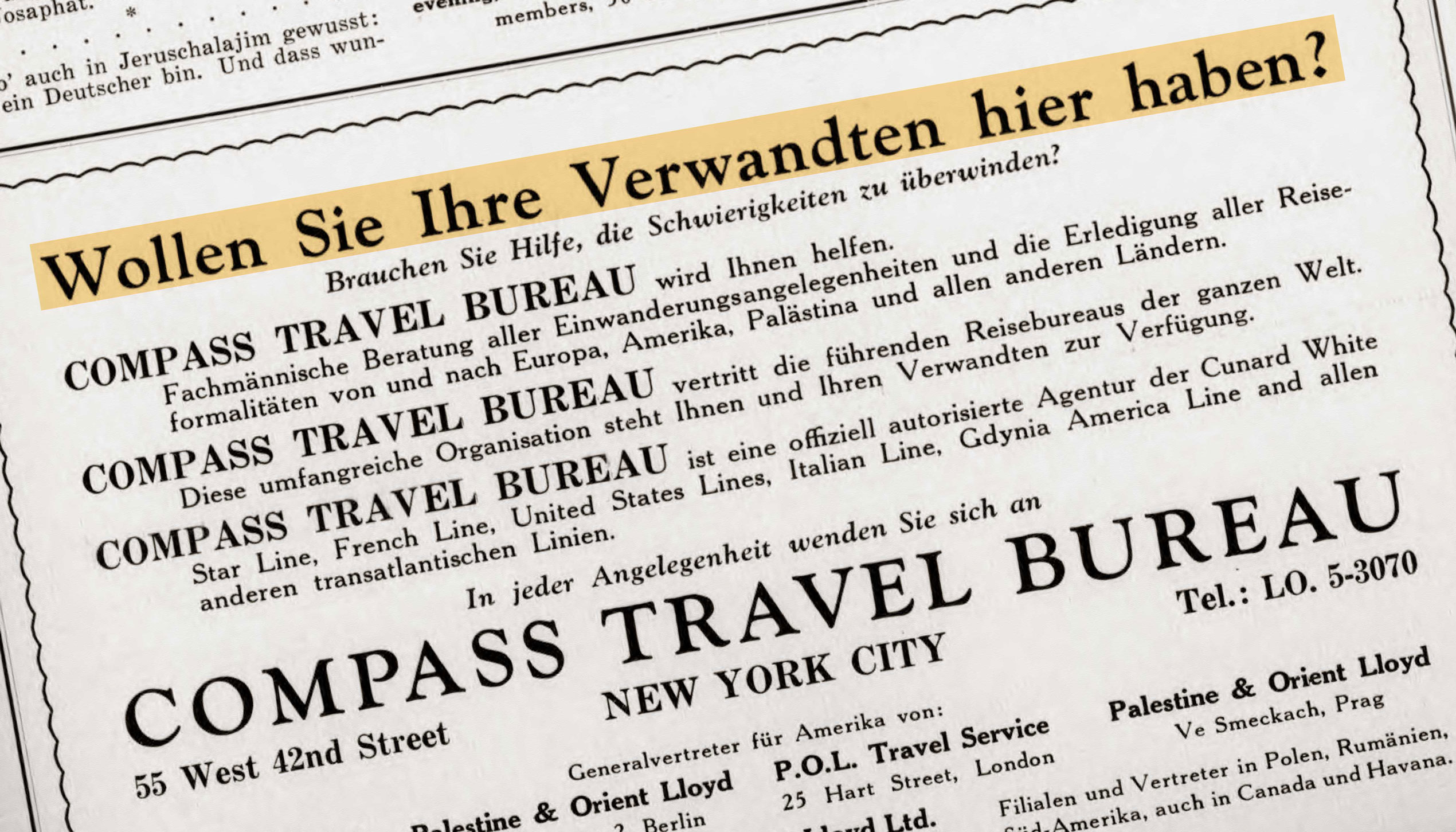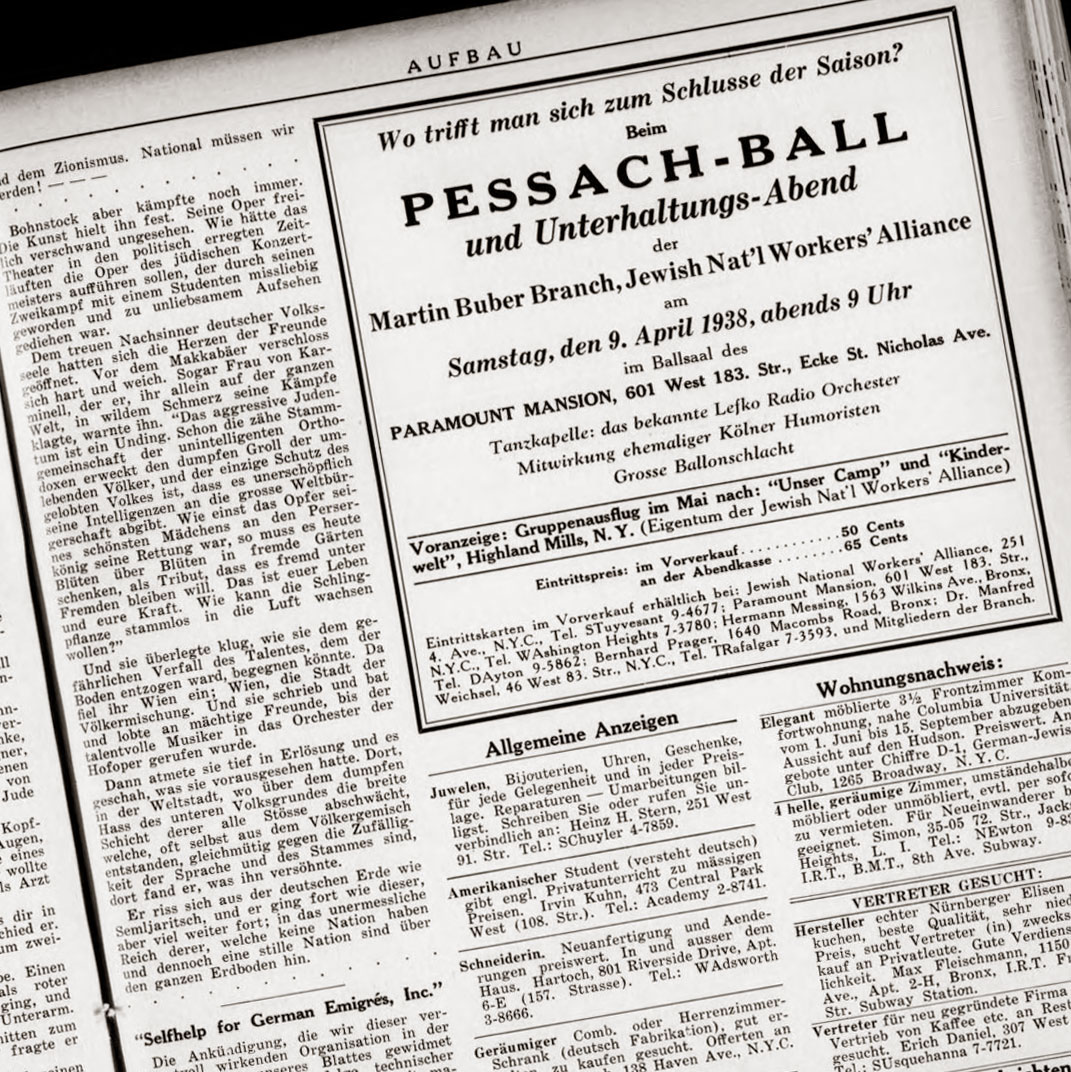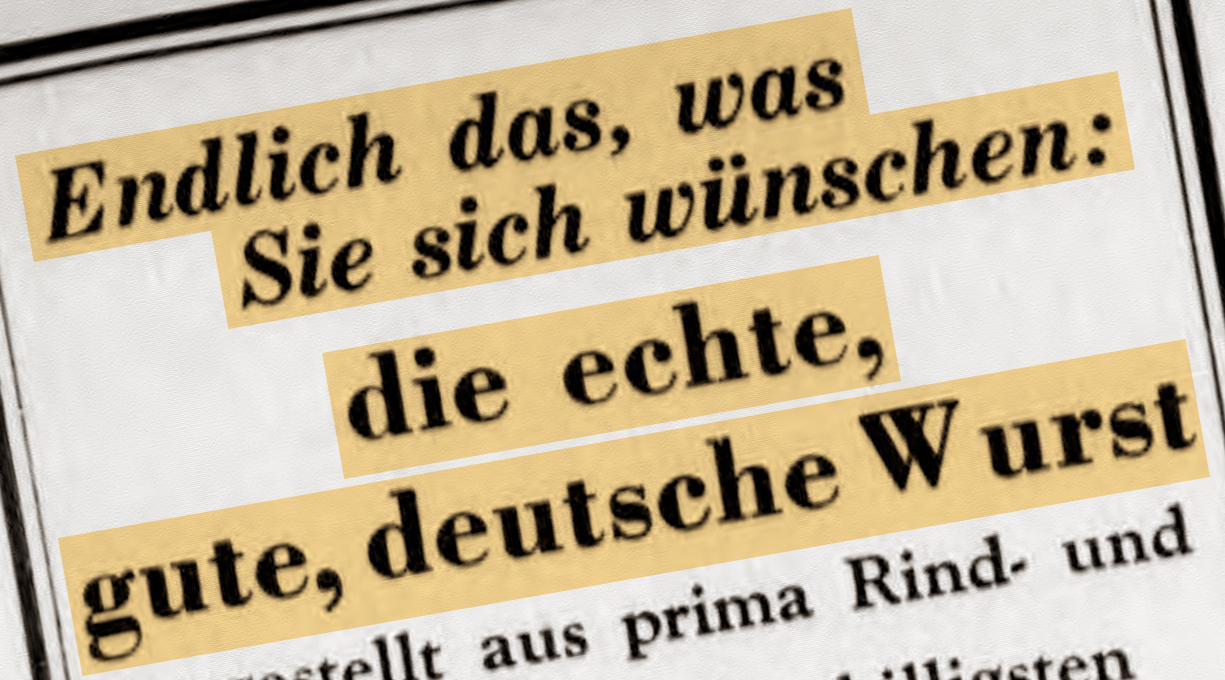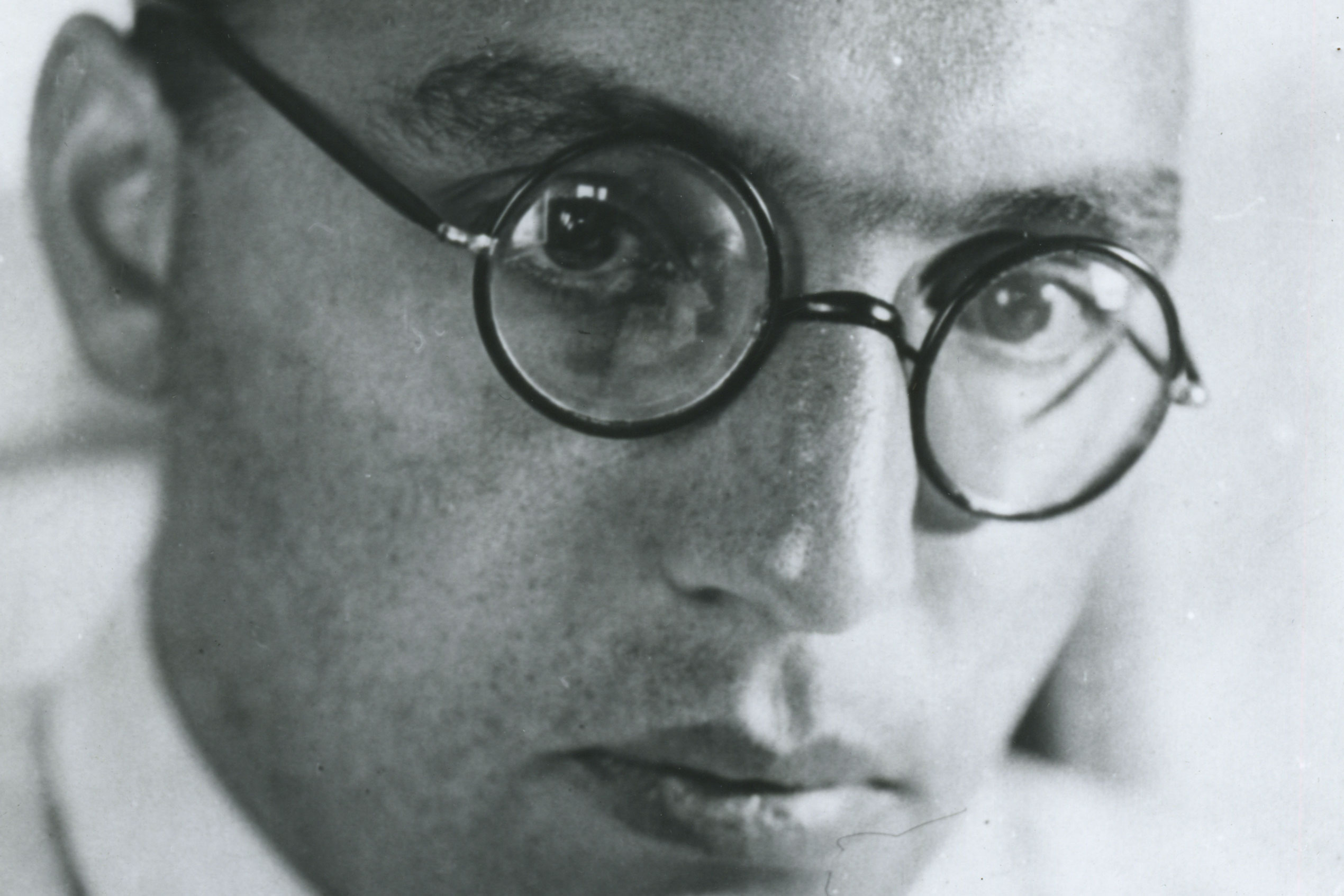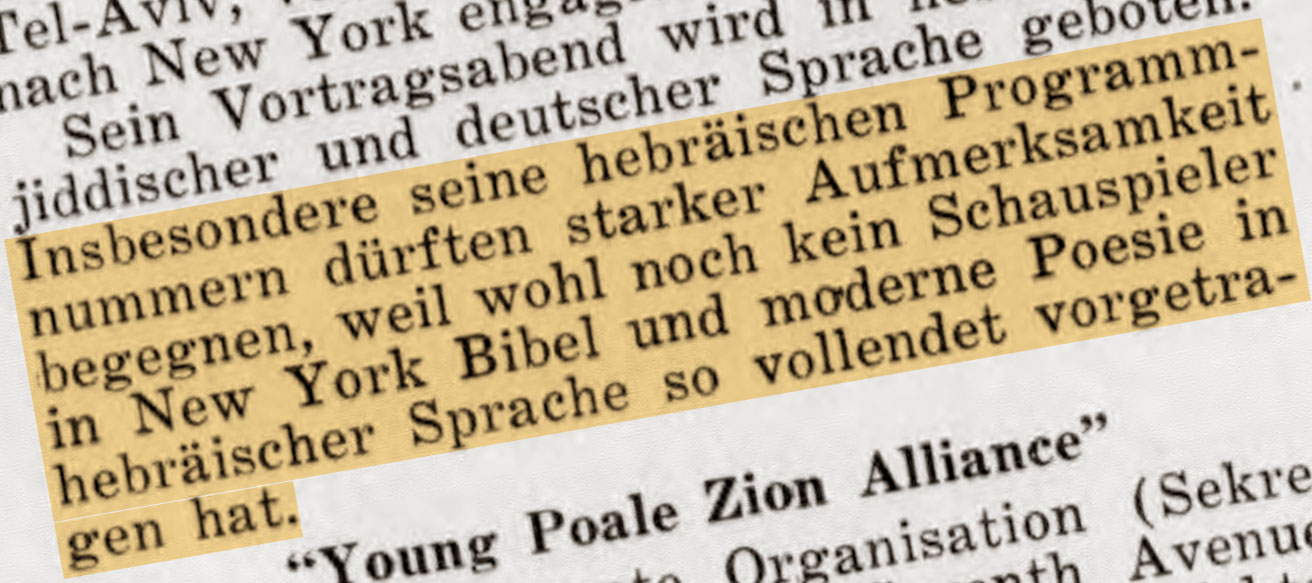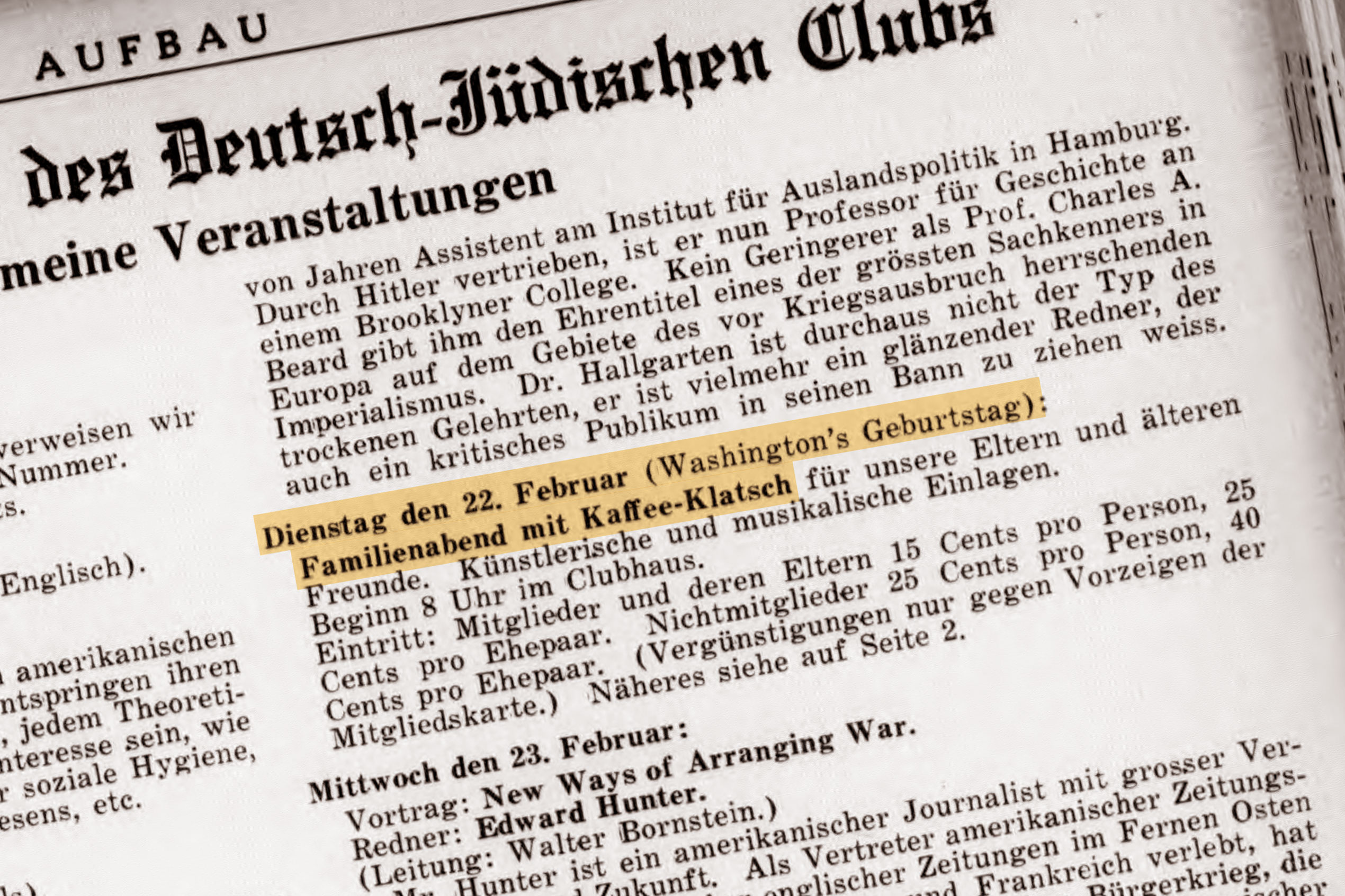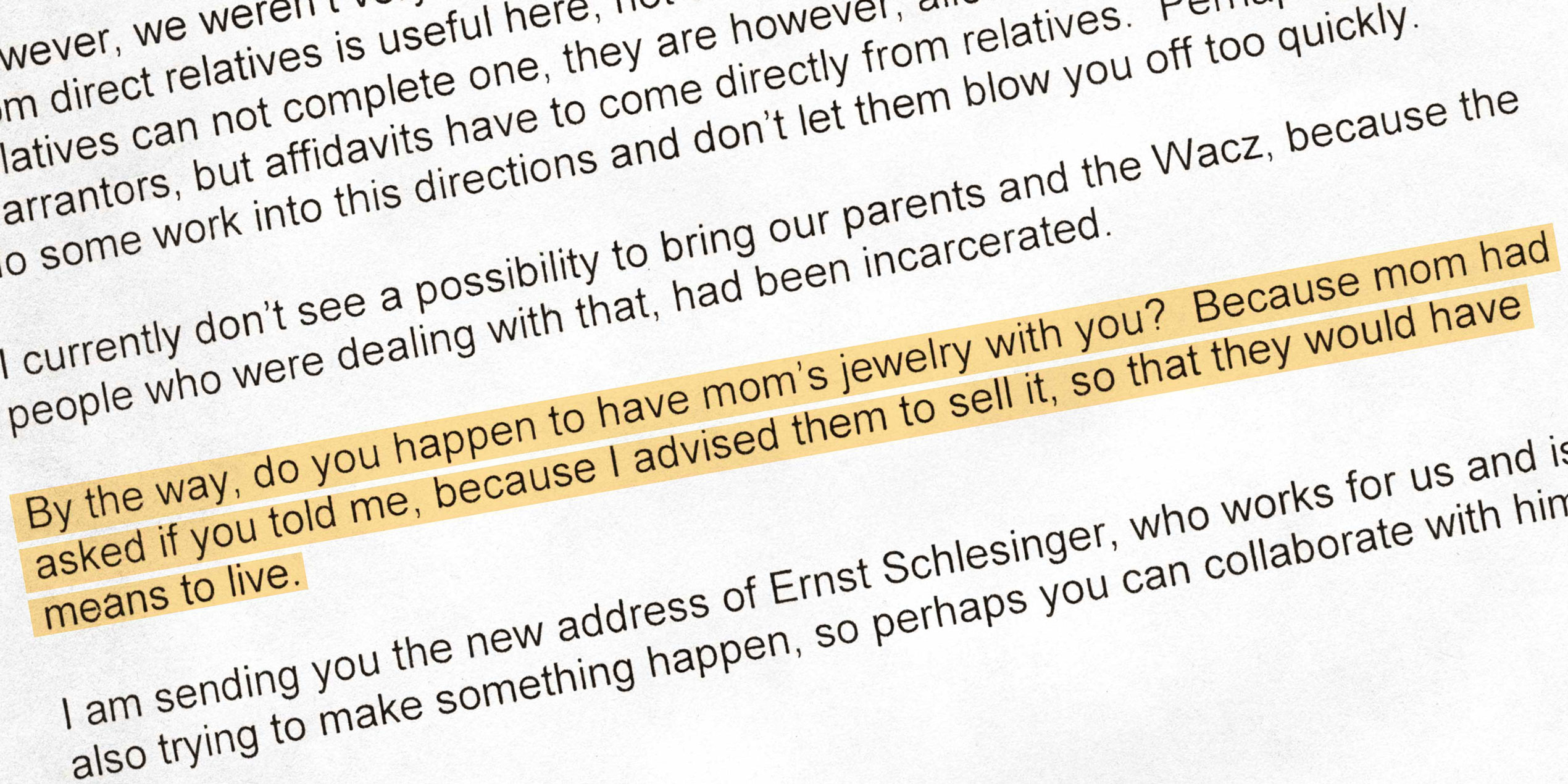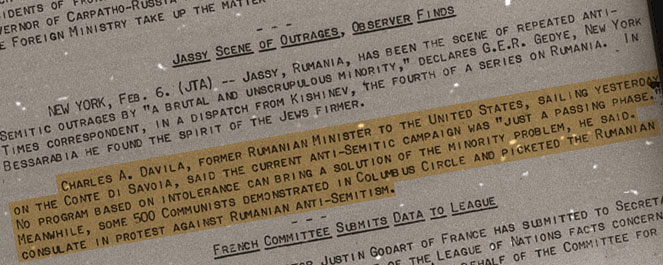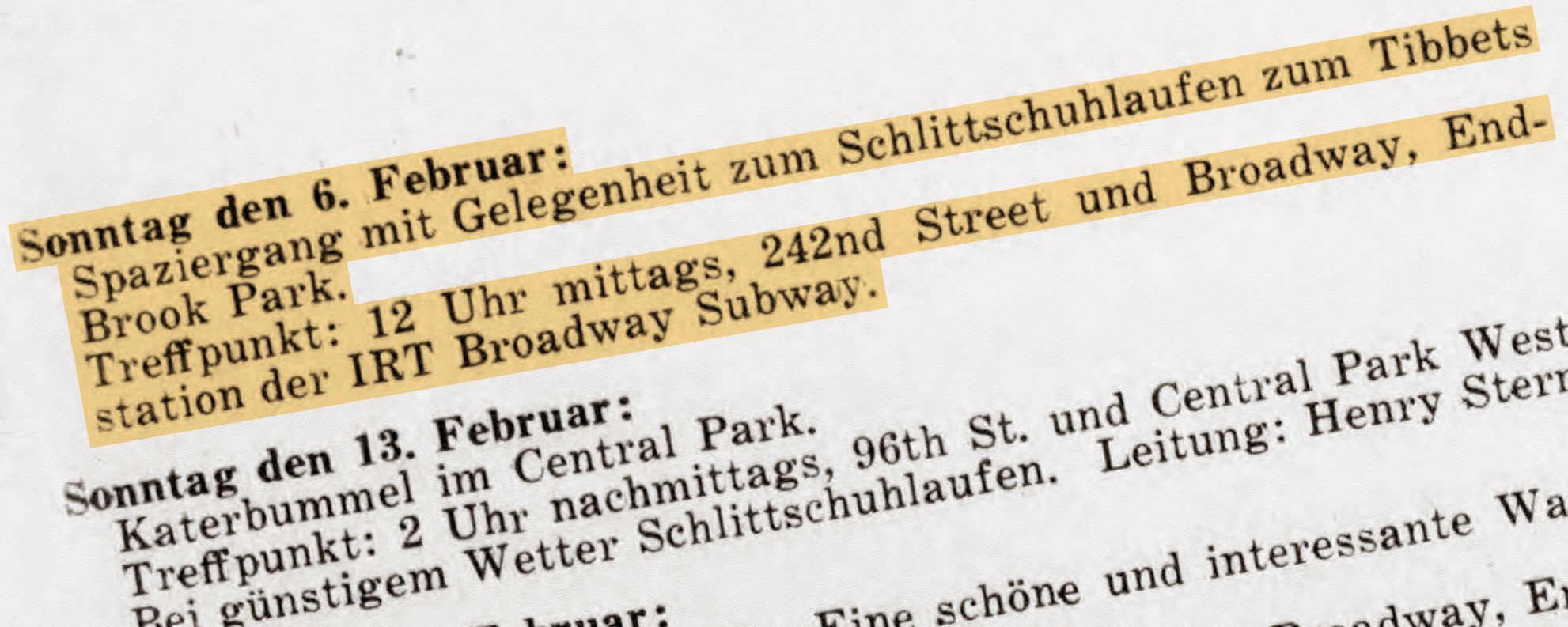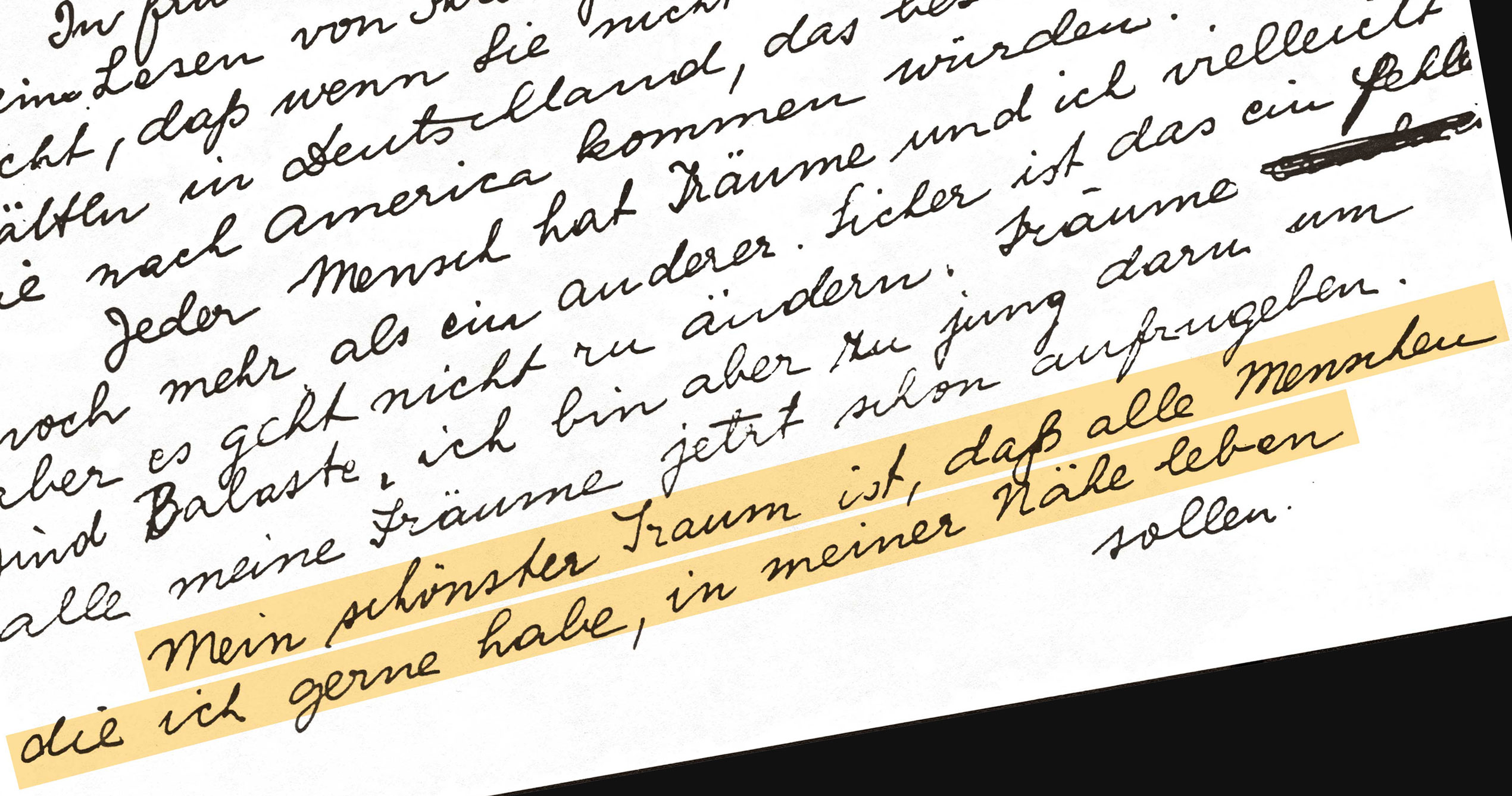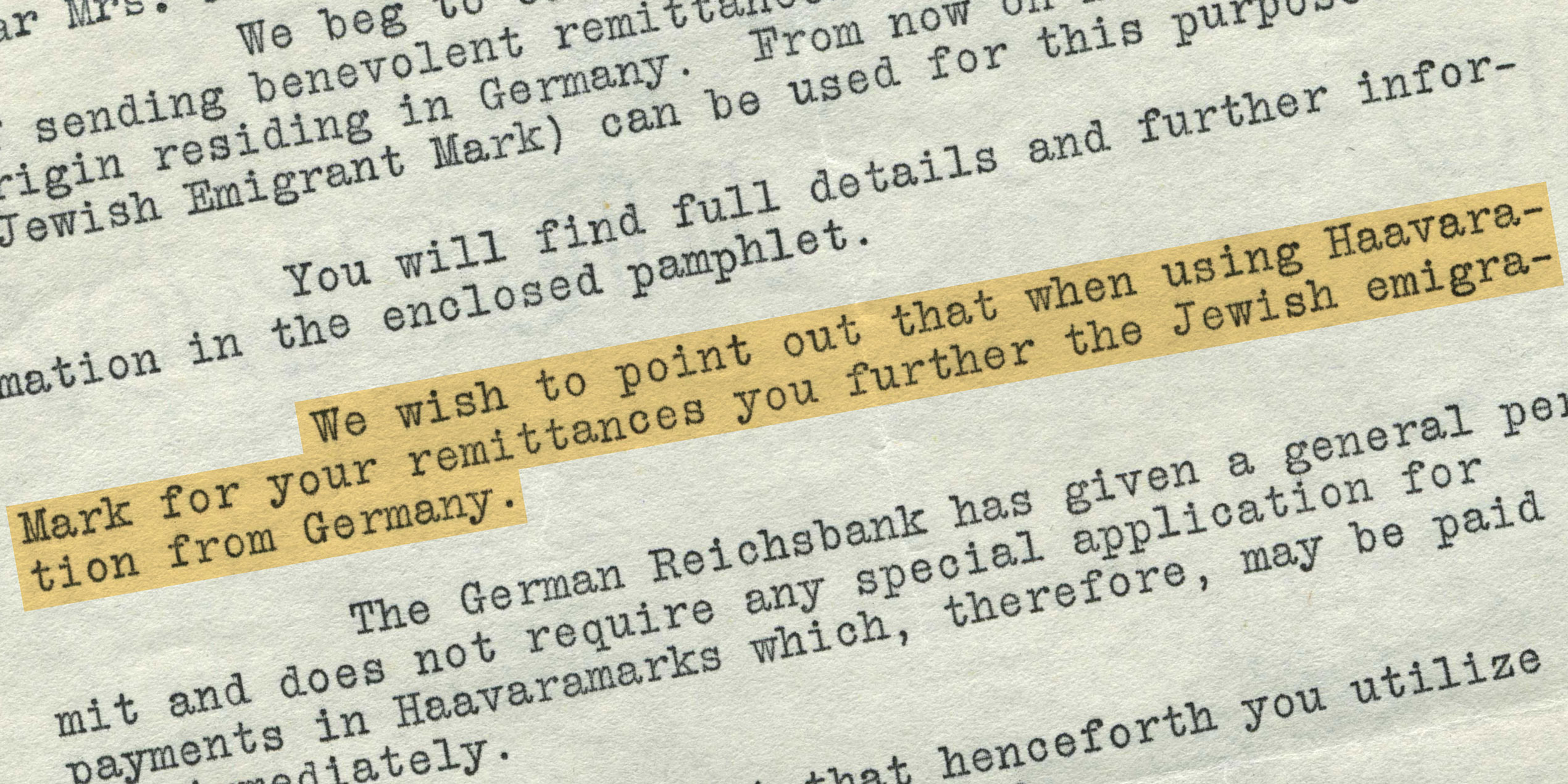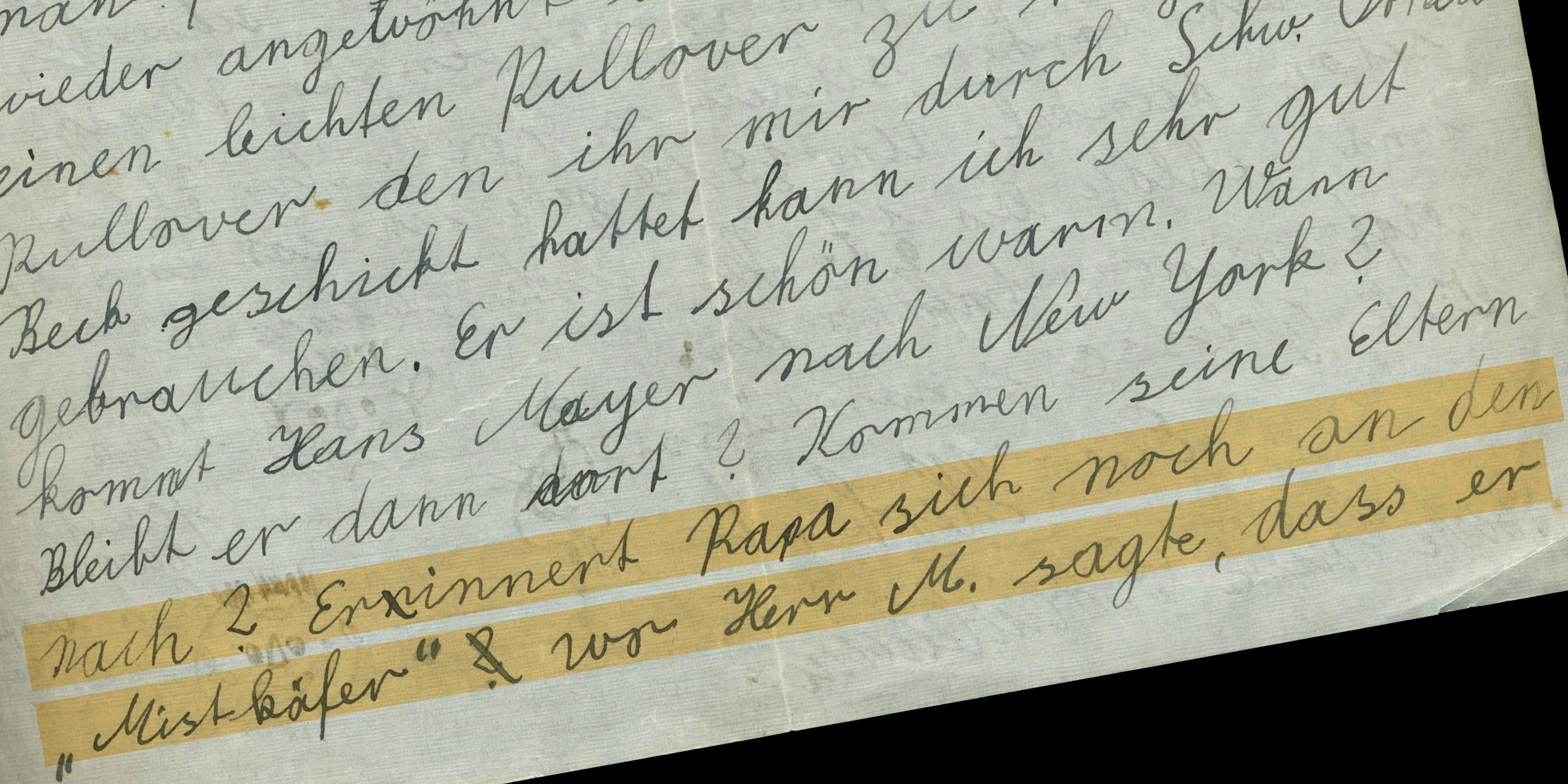Interview at the US-Consulate
Heinz Ries is finally allowed to immigrate
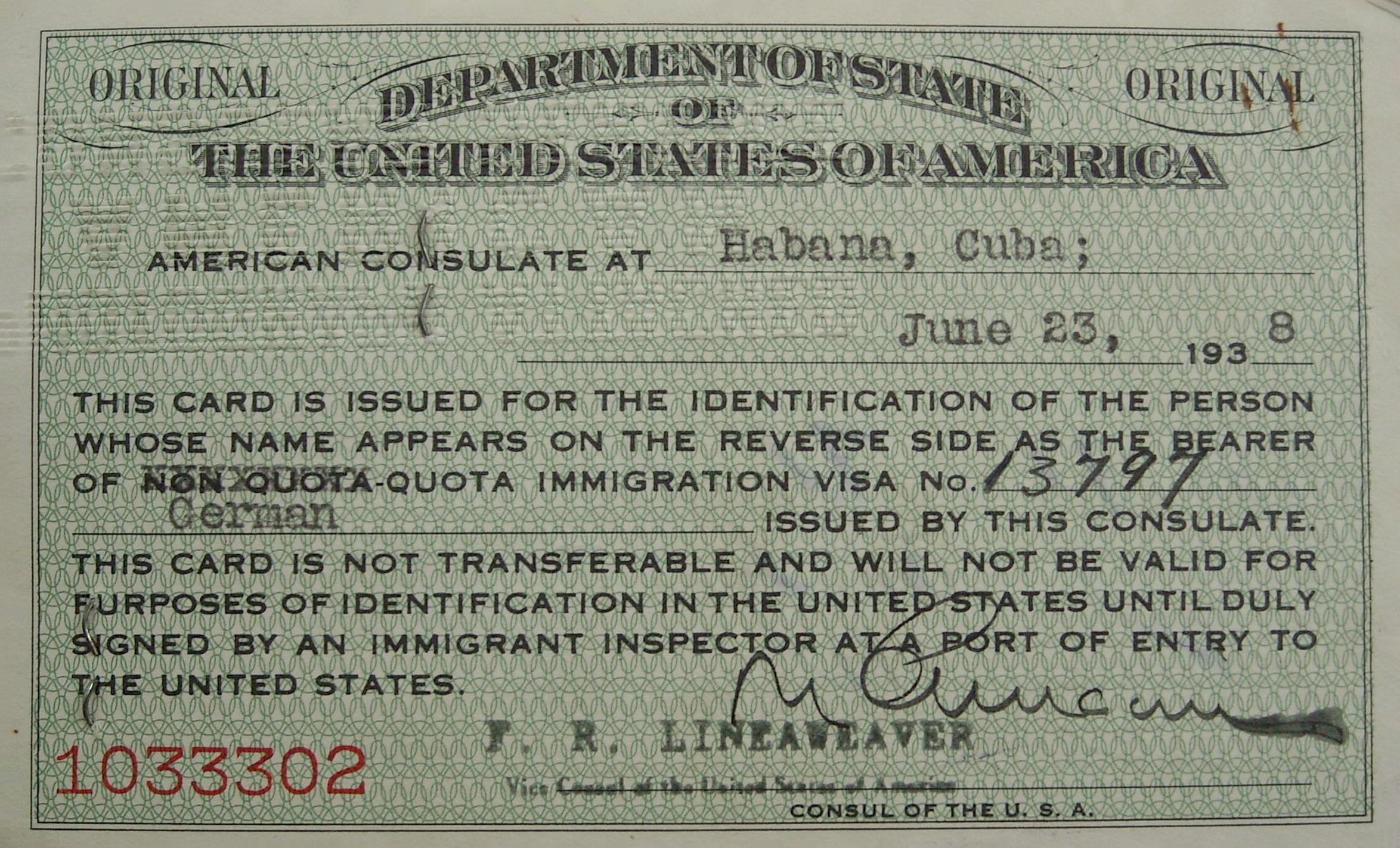
Havana
After his first official attempt to immigrate had failed under adventurous circumstances, 20 year-old Heinz Ries of Berlin made another effort to get permission to live in the US permanently and legally. For months, he had struggled in the shadows as an undocumented immigrant in New York. After obtaining an affidavit of support, Ries traveled to Havana and visited the US consulate there on June 23, 1938. Finally, he was admitted legal entry into the United States. After the war he returned to Germany for some time, first in the employment of the Allies, then as a photo journalist for the New York Times. The photographs of the Berlin Blockade and the Airlift, taken during these years, made him world-famous under the name Henry Ries.
SOURCE
Institution:
Original:
Immigrant Identification Card Issued by the US Department of State for Heinz Ries ; Inv.No. Do2 2009/488
Source available in English

